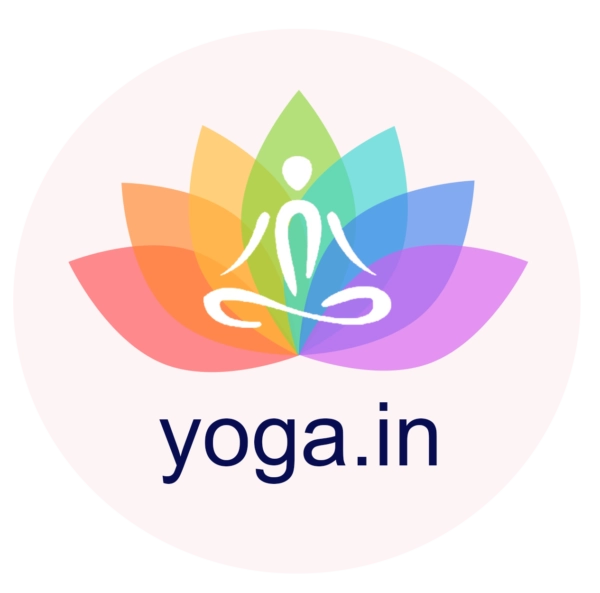What is Restorative Yoga?
Restorative yoga is a gentle and therapeutic style of yoga that focuses on deep relaxation, rest and rejuvenation. It involves supported, passive poses held for an extended period, allowing the body and mind to unwind, release tension, and promote healing. Restorative yoga nurtures the body’s natural capacity for restoration and renewal. Restorative yoga promotes a state of deep rest and rejuvenation, activating the body’s innate healing abilities.
Restorative yoga offers numerous physical, mental, and emotional benefits. Physically, it helps reduce muscle tension, increase flexibility, improve circulation and support the immune system. Restorative yoga also promotes mental and emotional well-being by reducing stress, anxiety and fatigue. It cultivates a sense of deep relaxation, balance and inner peace. It helps reduce stress, lower blood pressure, improve immune function and enhance overall well-being.
To practice Restorative yoga, create a quiet and comfortable space where you can fully relax without distractions. Gather your props, including blankets, bolsters, blocks, and straps. Choose a few Restorative poses that resonate with you and set them up with the support of props. Slowly and mindfully move into the poses, allowing your body to completely relax and release tension. Stay in each pose for 5-20 minutes, focusing on your breath and sensations. After each pose, take time for relaxation and integration.
Restorative yoga is suitable for practitioners of all levels, including beginners and individuals with physical limitations or injuries. It is particularly beneficial for those experiencing stress, anxiety, chronic pain, or fatigue. Restorative yoga provides a gentle and nurturing practice that can be customized to suit individual needs.
Props play a crucial role in Restorative yoga, providing support and comfort. Common props used in Restorative yoga include bolsters, blankets, blocks, straps, and eye pillows. These props are used to create a supportive and relaxed environment, allowing the body to surrender and release tension in the poses.
History of Restorative Yoga:
Restorative yoga is a relatively modern style that emerged in the 1970s. Restorative yoga does not have a specific founder, but it was greatly influenced by Yogacharya B.K.S. Iyengar, who integrated supported poses and the use of props into his teachings. Iyengar’s approach to yoga, with its emphasis on alignment, precision, and therapeutic benefits, laid the foundation for Restorative yoga as we know it today.
Restorative Yoga Practices and Techniques:
Restorative yoga primarily focuses on supported, passive poses held for an extended period. The poses are carefully designed to promote relaxation and release tension in the body. Props such as bolsters, blankets, blocks and straps are used to create a comfortable and supported environment. Restorative yoga also incorporates gentle breathing techniques, mindfulness, and guided relaxation to deepen the relaxation response.
Chakra Connection in Restorative Yoga
Restorative yoga acknowledges the existence of chakras, which are energy centers in the subtle body. While Restorative yoga is not specifically focused on chakra activation, the deep relaxation and balancing effects of the practice can indirectly support the harmonization of the chakras. In conclusion, Restorative yoga offers a deeply relaxing and healing practice that allows the body and mind to unwind and rejuvenate.
